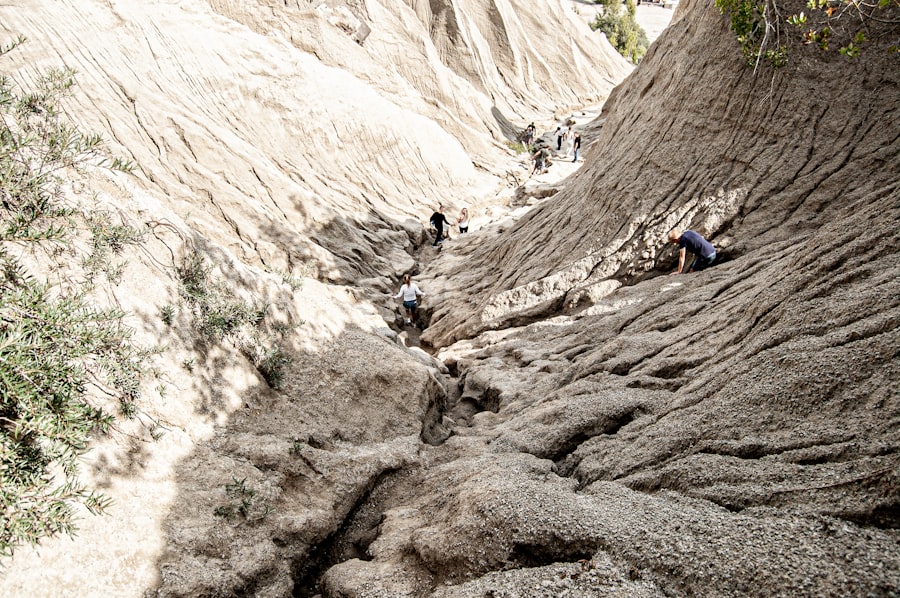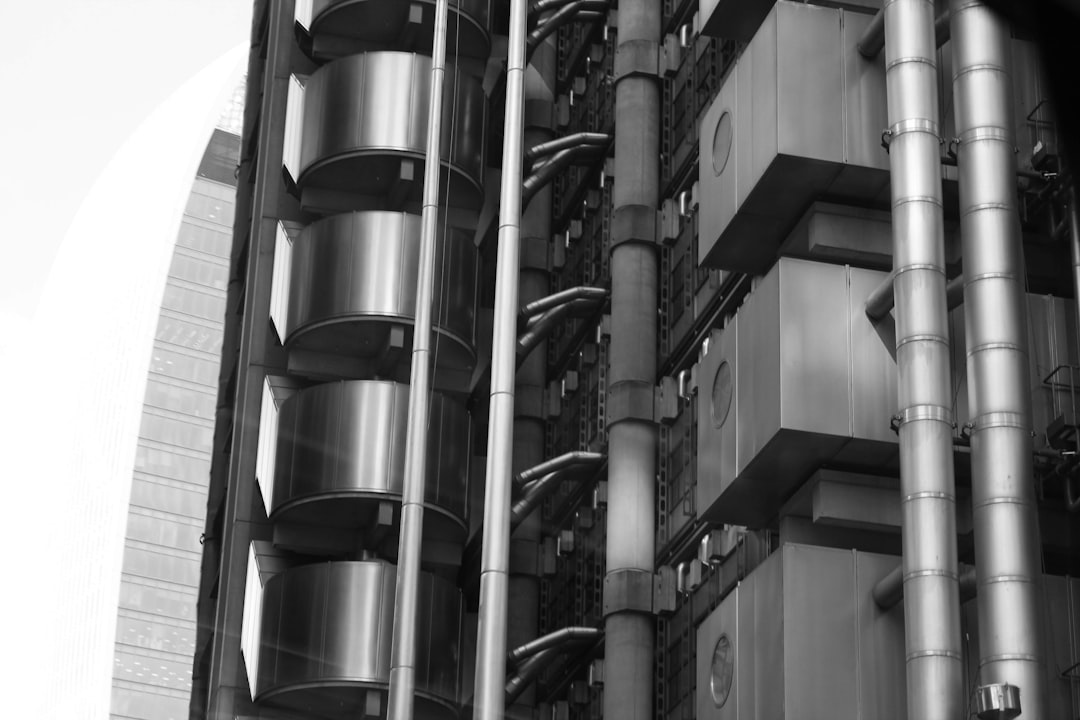Aftercare is a crucial aspect of any treatment or procedure, particularly in the realm of skincare and cosmetic enhancements. You may not realize it, but the steps you take after a treatment can significantly influence the results you achieve. Aftercare is not merely a set of instructions to follow; it is an essential part of the healing process that ensures your skin recovers optimally.
By understanding the importance of aftercare, you can enhance your overall experience and maintain the benefits of your treatment for a longer period. When you undergo a procedure, your skin may be more vulnerable than usual. This heightened sensitivity necessitates a careful approach to aftercare.
You might find that your skin reacts differently than expected, and this is where aftercare becomes vital. By adhering to recommended practices, you can minimize potential complications, reduce discomfort, and promote healing. The right aftercare can also help you avoid issues such as infection or prolonged redness, allowing you to enjoy the results of your treatment without unnecessary setbacks.
Key Takeaways
- Aftercare is crucial for the success and longevity of any cosmetic treatment.
- Managing discomfort and sensitivity is important for a smooth recovery process.
- Protect treated areas from sun exposure to prevent damage and maintain results.
- Choose the right clothing for exercise to avoid irritation and promote healing.
- Hydrate and moisturize the skin to support the healing process and maintain results.
Managing Discomfort and Sensitivity
Following Post-Treatment Guidelines
To manage this discomfort effectively, it’s essential to follow any guidelines provided by your practitioner. They may recommend specific over-the-counter pain relief options or topical treatments that can help soothe your skin.
Home Remedies for Discomfort Relief
In addition to medication, you can also employ various home remedies to alleviate discomfort. Applying a cool compress to the treated area can provide immediate relief and reduce swelling. You might also consider using gentle, fragrance-free moisturizers that are designed for sensitive skin.
Self-Care and Further Guidance
These products can help hydrate your skin while minimizing irritation. Remember, it’s important to listen to your body; if discomfort persists or worsens, don’t hesitate to reach out to your healthcare provider for further advice.
Protecting Treated Areas from Sun Exposure

One of the most critical aspects of aftercare is protecting your skin from sun exposure. After a treatment, your skin may be more susceptible to damage from UV rays, which can lead to complications such as hyperpigmentation or prolonged redness. You should make it a priority to apply a broad-spectrum sunscreen with an SPF of at least 30 before stepping outside, even on cloudy days.
This protective measure is essential for maintaining the results of your treatment and ensuring your skin heals properly. In addition to sunscreen, consider wearing protective clothing when outdoors. A wide-brimmed hat and sunglasses can shield your face from direct sunlight, further reducing the risk of sun damage.
If possible, try to stay in the shade during peak sun hours, typically between 10 a.m. and 4 p.m. By taking these precautions, you can safeguard your skin and promote a smoother recovery process.
Choosing the Right Clothing for Exercise
| Exercise Type | Recommended Clothing |
|---|---|
| Running | Moisture-wicking shirt, running shorts or leggings, supportive sports bra, running shoes |
| Yoga | Comfortable and stretchy yoga pants, breathable tank top or sports bra, yoga socks or barefoot |
| Cycling | Padded cycling shorts, moisture-wicking jersey, cycling shoes |
| Weightlifting | Moisture-wicking tank top or t-shirt, supportive and flexible shorts or leggings, weightlifting gloves |
| Dance | Flexible and breathable dance pants or leggings, supportive dance shoes |
If you’re an active person who enjoys exercising, you may be wondering how to navigate your workout routine post-treatment. Choosing the right clothing is essential for ensuring comfort and protecting your skin during physical activity. Opt for loose-fitting garments made from breathable fabrics that allow air circulation while minimizing friction against treated areas.
This choice will help prevent irritation and allow your skin to breathe as it heals. Additionally, consider the type of exercise you engage in during your recovery period. High-impact workouts or activities that involve excessive movement may not be suitable immediately after certain treatments.
Instead, you might want to focus on low-impact exercises such as walking or gentle yoga until your skin has fully healed. By being mindful of both your clothing choices and exercise intensity, you can maintain an active lifestyle while prioritizing your skin’s recovery.
Hydrating and Moisturizing the Skin
Hydration plays a vital role in the healing process following any treatment. Your skin may feel dry or tight after a procedure, making it essential to incorporate hydrating products into your aftercare routine. Drinking plenty of water is one of the simplest ways to keep your skin hydrated from within.
In addition to internal hydration, external moisturization is equally important. Look for gentle, hydrating creams or serums that contain ingredients like hyaluronic acid or glycerin, which can help draw moisture into the skin.
Applying these products regularly will not only soothe any dryness but also support the overall healing process. Remember to be gentle when applying any products; use soft patting motions rather than rubbing, as this can irritate sensitive areas.
Avoiding Excessive Sweating and Heat

After undergoing a treatment, it’s crucial to avoid excessive sweating and heat exposure for a certain period. Sweating can lead to irritation and increase the risk of infection in treated areas. You should refrain from engaging in intense workouts or activities that cause you to sweat profusely until your practitioner gives you the green light.
Instead, consider opting for lighter activities that keep you moving without putting undue stress on your skin. Heat exposure can also exacerbate sensitivity and discomfort following a treatment. This means avoiding hot showers, saunas, or steam rooms for a while.
If you enjoy warm baths or showers, consider using lukewarm water instead and limit your time in hot environments until your skin has fully recovered. By being mindful of heat exposure and sweating, you can create an optimal environment for healing.
Following Up with Proper Skincare Routine
Establishing a proper skincare routine post-treatment is essential for maintaining results and promoting healing. You should consult with your practitioner about which products are safe to use during this period, as some ingredients may be too harsh for sensitive skin. A gentle cleanser is typically recommended to avoid stripping away natural oils while still effectively cleansing the skin.
Incorporating soothing serums or moisturizers into your routine can also enhance recovery. Look for products that contain calming ingredients like aloe vera or chamomile, which can help reduce redness and irritation. As your skin heals, gradually reintroduce other products into your routine based on professional advice.
This gradual approach will allow you to monitor how your skin responds and ensure that you’re not overwhelming it during the recovery phase.
Seeking Professional Advice for Specific Concerns
As you navigate through the aftercare process, it’s essential to remain vigilant about any specific concerns that may arise. If you notice unusual symptoms such as persistent redness, swelling, or signs of infection, don’t hesitate to seek professional advice. Your practitioner is there to support you and address any questions or worries you may have about your recovery.
Additionally, if you’re unsure about which products are suitable for your skin type or how to adjust your routine as healing progresses, reaching out for guidance is always a good idea. Professionals can provide personalized recommendations based on your unique needs and help ensure that you achieve the best possible results from your treatment. Remember that taking proactive steps in seeking advice can make all the difference in your recovery journey.
In conclusion, aftercare is an integral part of any treatment process that should not be overlooked. By understanding its importance and following best practices—such as managing discomfort, protecting against sun exposure, choosing appropriate clothing for exercise, hydrating the skin, avoiding excessive sweating and heat, establishing a proper skincare routine, and seeking professional advice—you can significantly enhance your recovery experience and enjoy lasting results from your treatment.
After undergoing laser hair removal treatment, it is important to follow proper aftercare instructions to ensure the best results. One important aspect of aftercare is incorporating exercise into your routine. Exercise can help improve circulation, which can aid in the healing process and reduce the risk of complications. For more information on the benefits of exercise after laser hair removal, check out this article on inlaserhairremoval.com.
FAQs
What is laser hair removal aftercare exercise?
Laser hair removal aftercare exercise refers to the physical activities and movements that should be avoided or modified after undergoing a laser hair removal treatment. This is to ensure proper healing and to minimize the risk of complications.
Why is it important to consider exercise after laser hair removal?
It is important to consider exercise after laser hair removal because physical activities can impact the healing process and the effectiveness of the treatment. Certain exercises can increase the risk of irritation, inflammation, or even scarring in the treated area.
What types of exercise should be avoided after laser hair removal?
High-impact exercises such as running, jumping, or weightlifting should be avoided after laser hair removal. These activities can cause friction, sweating, and increased blood flow to the treated area, which may lead to discomfort and potential complications.
Are there any specific exercises that are safe to do after laser hair removal?
Gentle, low-impact exercises such as walking, yoga, or light stretching are generally safe to do after laser hair removal. These activities are less likely to cause irritation or disrupt the healing process.
How long should I wait before resuming regular exercise after laser hair removal?
It is recommended to wait at least 24-48 hours before resuming regular exercise after laser hair removal. However, it is important to follow the specific aftercare instructions provided by the laser hair removal technician or dermatologist.
What are some general tips for exercising after laser hair removal?
Some general tips for exercising after laser hair removal include wearing loose, breathable clothing, avoiding excessive sweating, and gently cleansing the treated area after exercise. It is also important to stay hydrated and listen to your body for any signs of discomfort or irritation.





